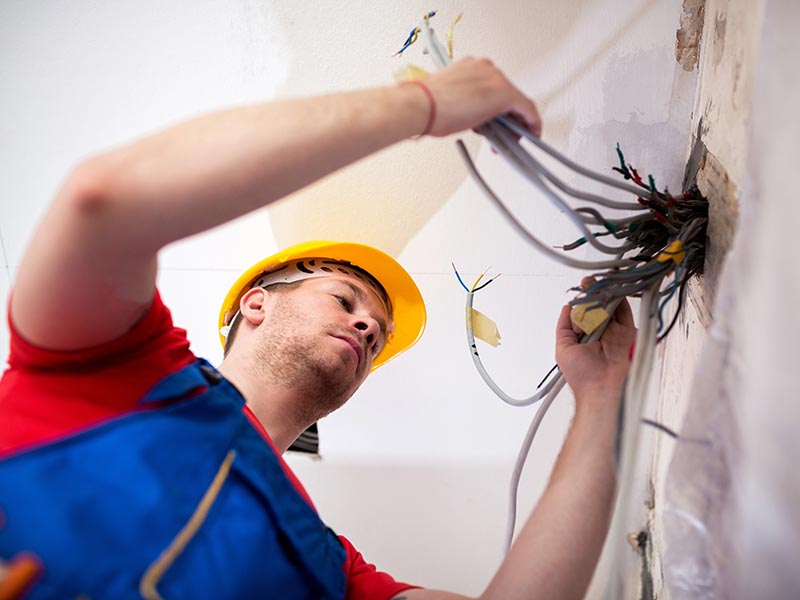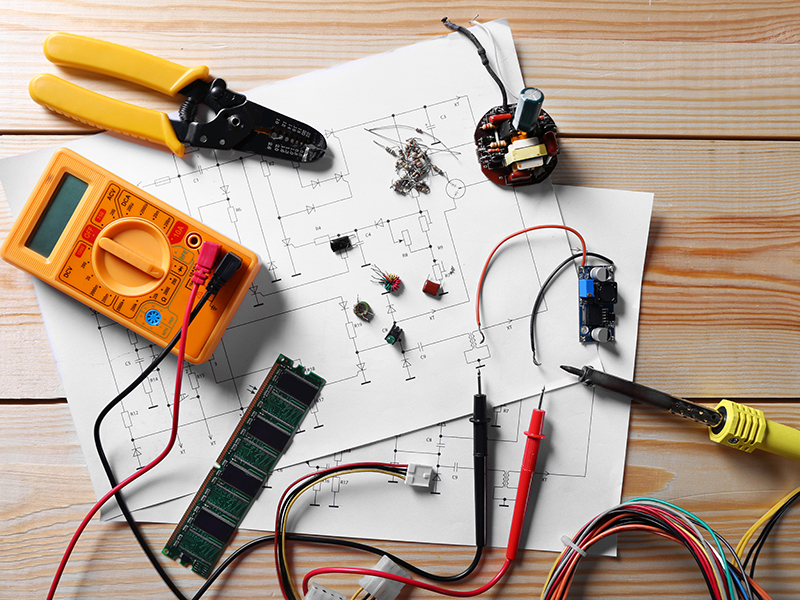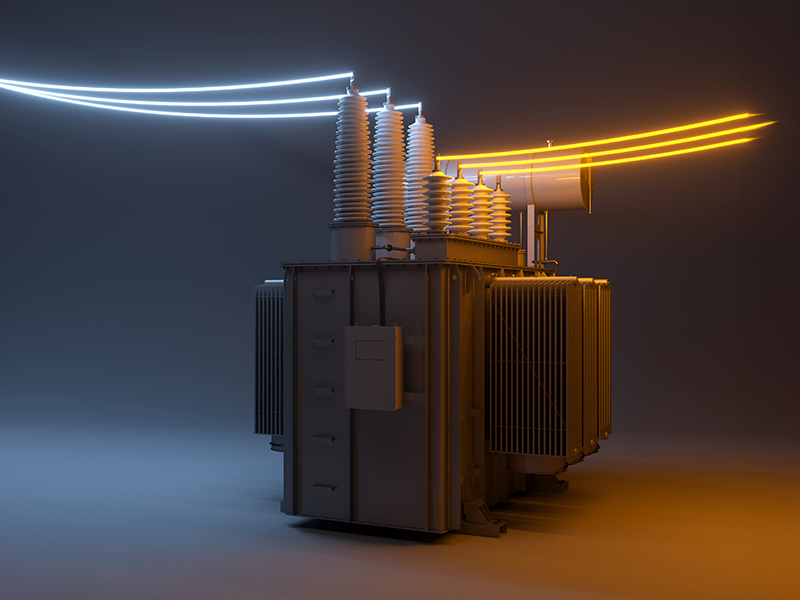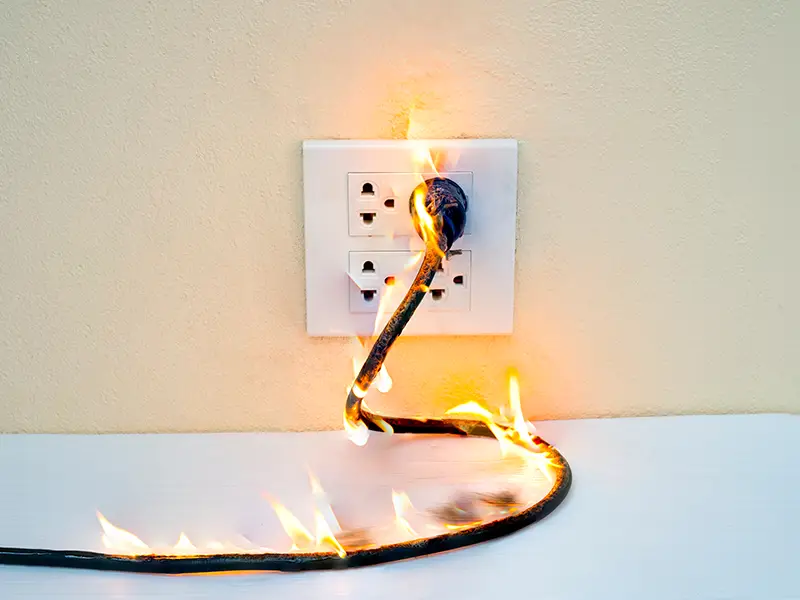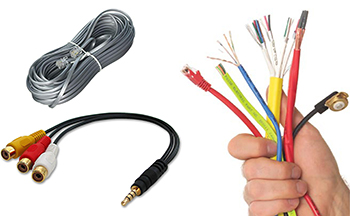power
Smart Homes of the Future
Smart Homes of the future using the Internet of Things will require specialized electrical needs.
Read MoreElectrical Troubleshooting
Troubleshooting is a systematic search for the source of a problem in order to resolve it.
Read MoreElectrical Code Compliance
(NEC) standards ensure that electrical systems function properly and minimize the risk of fires or other hazards.
Read MoreThe Electrical Transformer
An electrical transformer is an electro-magnetic device that works by converting electrical energy from one value to another.
Read MoreElectrical Short Circuit
A short circuit is any condition where the establish wiring circuit is interrupted by a flaw in the wiring or wiring connections.
Read MoreResidential and Commercial Electrical Circuits
Electricity is a flow of electrons. A complete circuit is needed for electricity to flow. From the main electric service panel, electricity is divided into circuits throughout a building. The maximum amount of load that can be placed on any single circuit is controlled by a circuit breaker. Building circuits are parallel circuits. A parallel…
Read MoreLow Voltage Wiring
Low voltage wiring is the wiring for audio, video, telephones, alarm systems, HVAC, and generally any wiring for things using less than 24 volts. Low voltage is often used only with small electrical systems as it is not suitable for large-scale electrical projects. There are very real safety risks associated with low-voltage systems. Low-voltage can…
Read More
